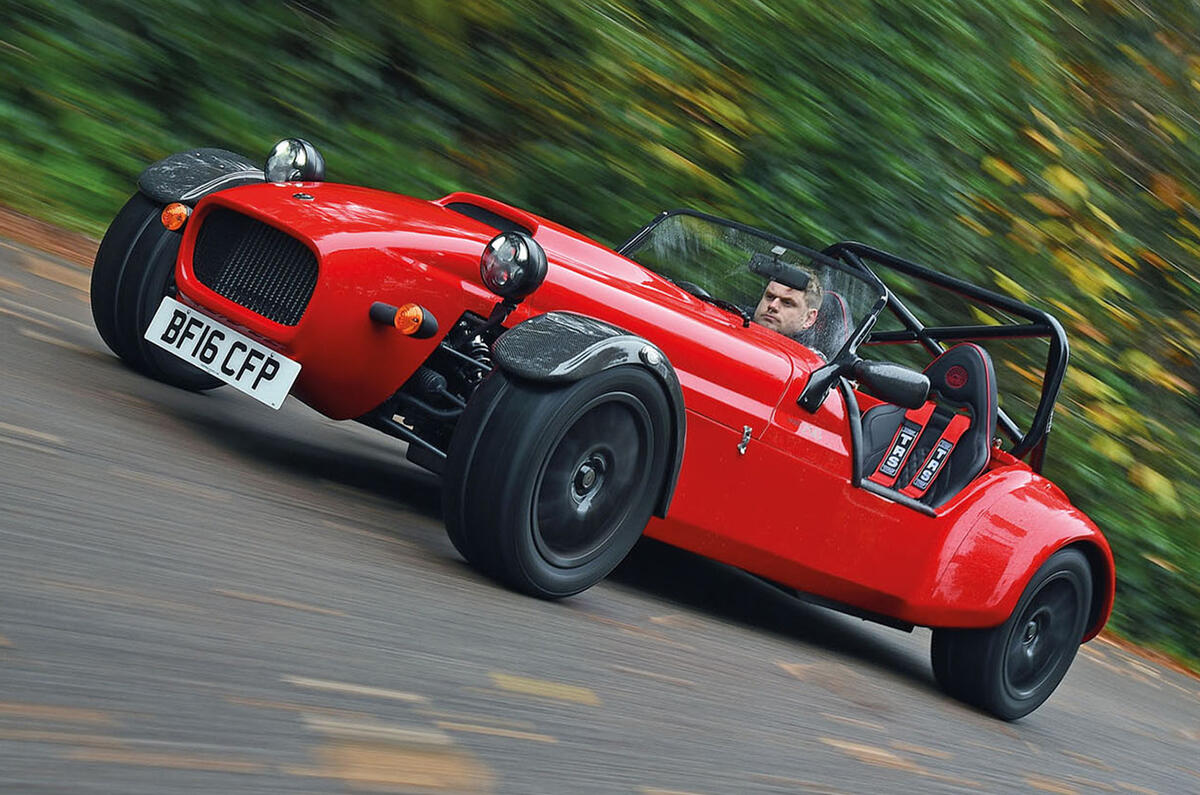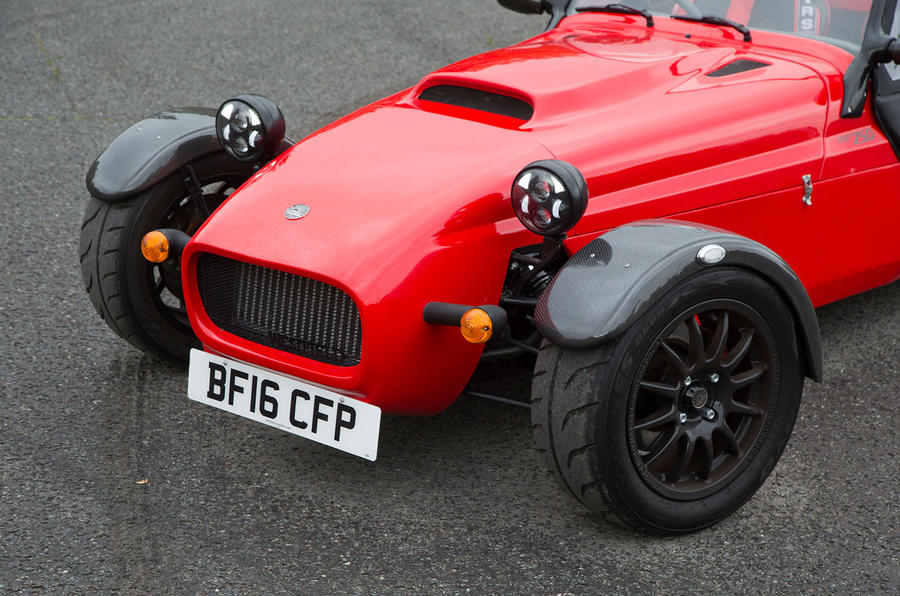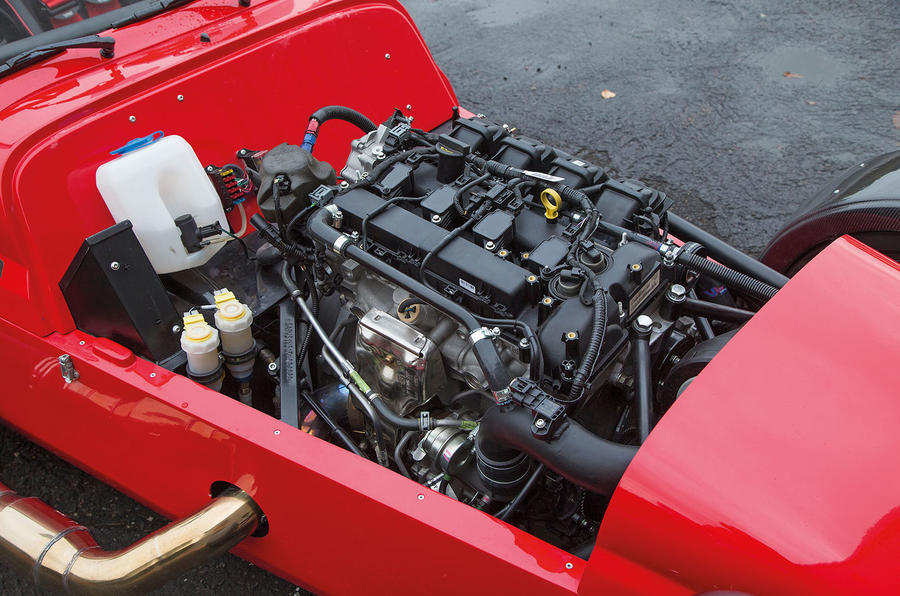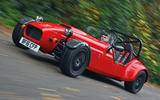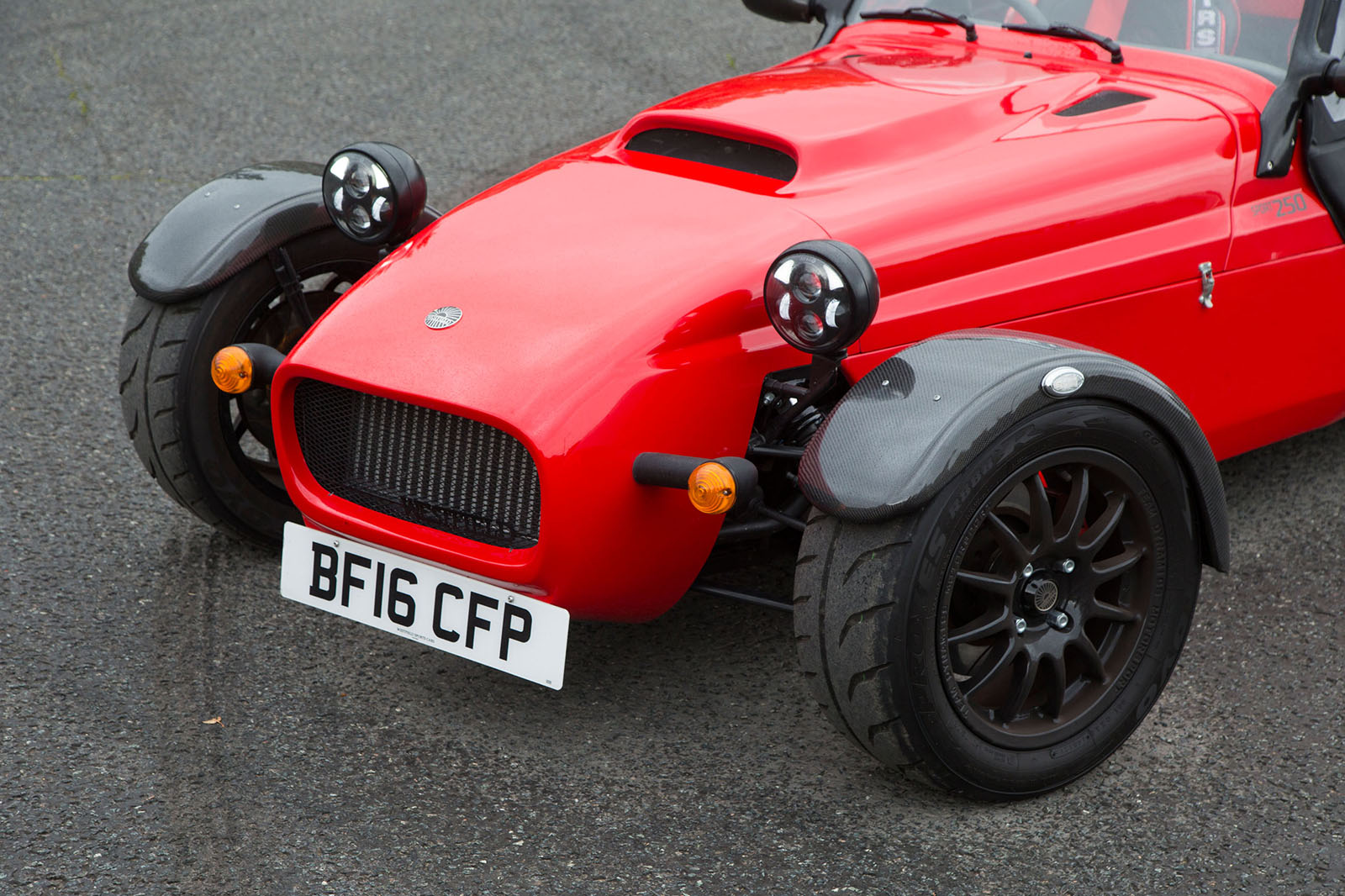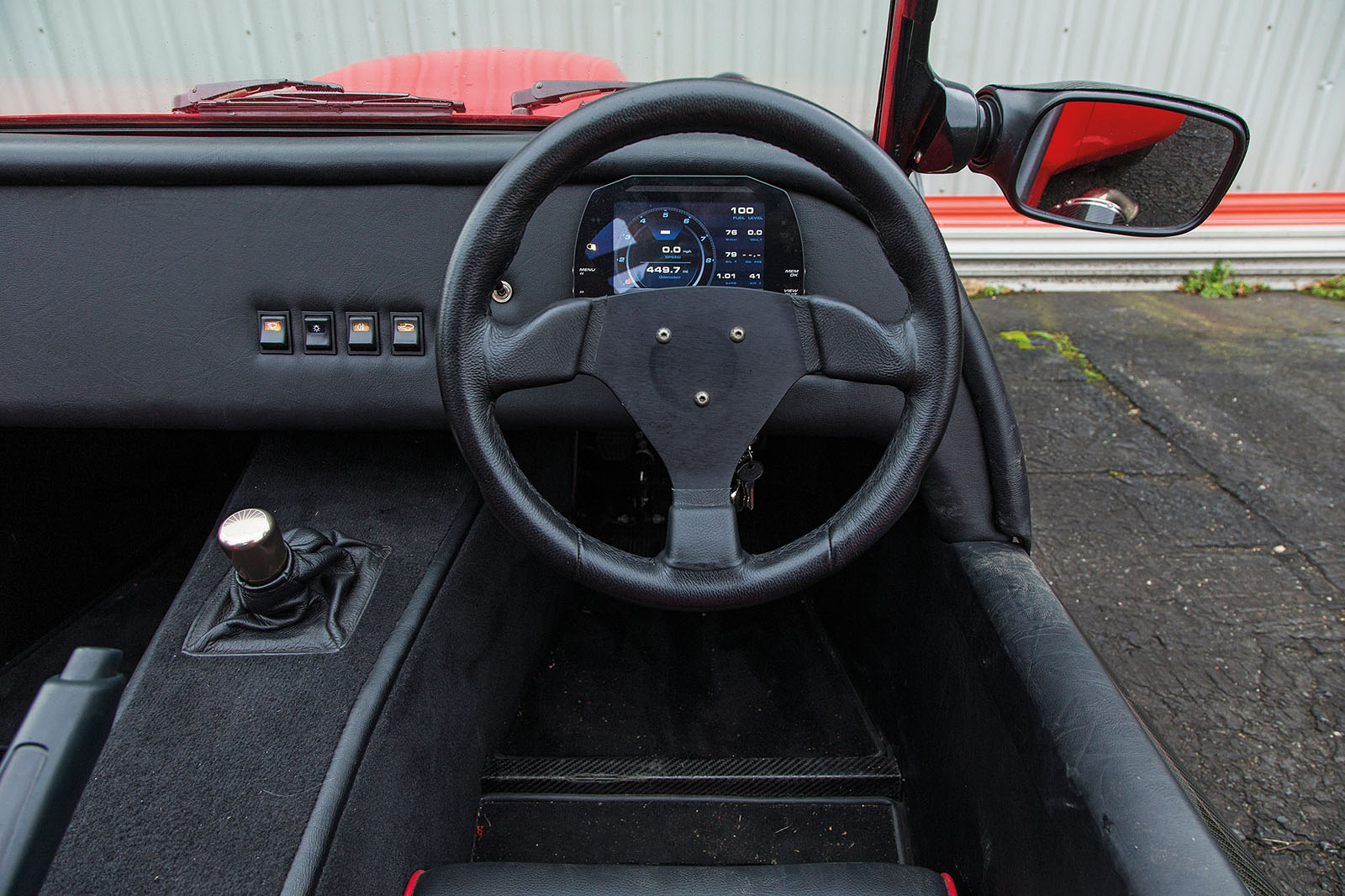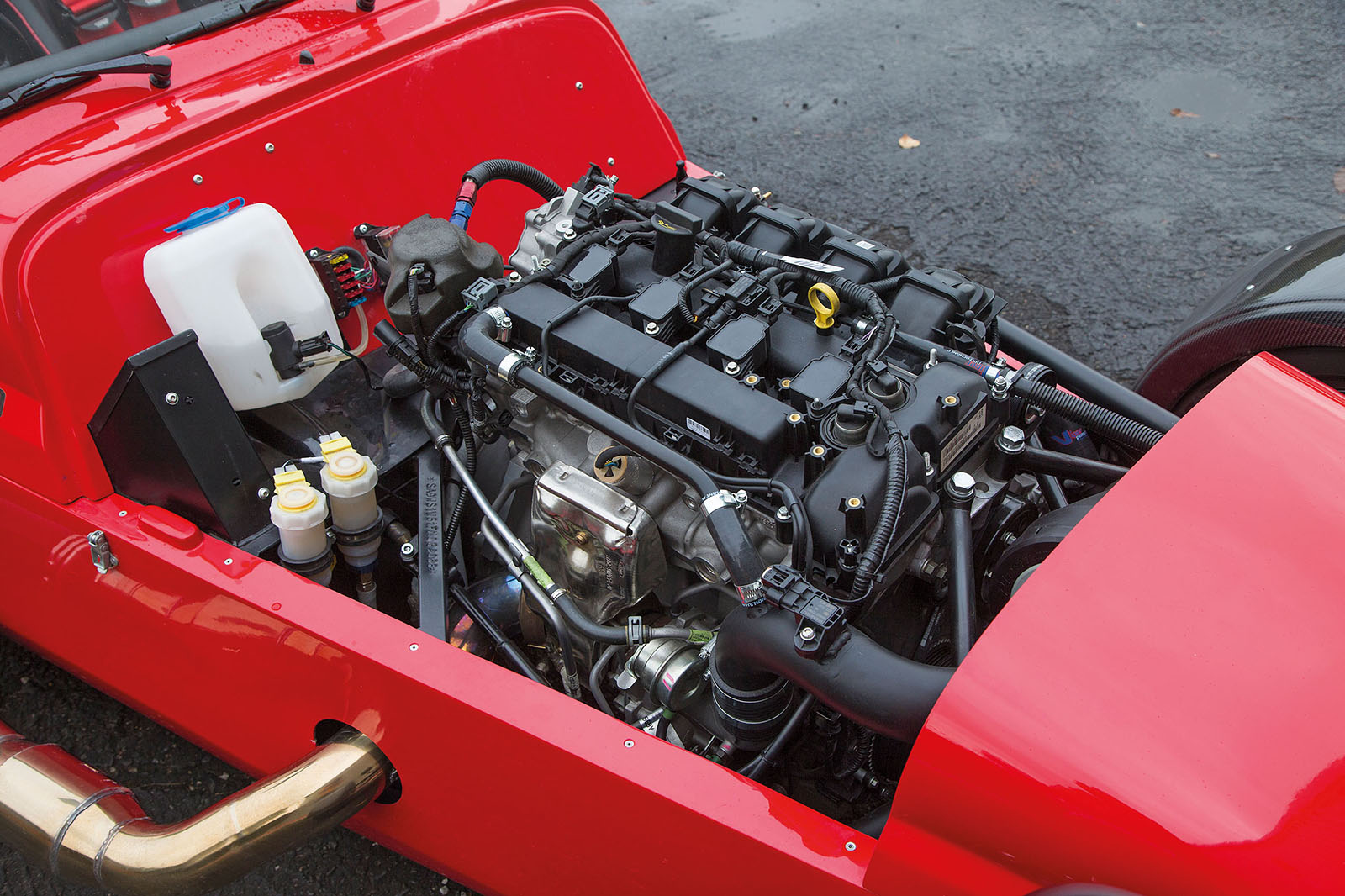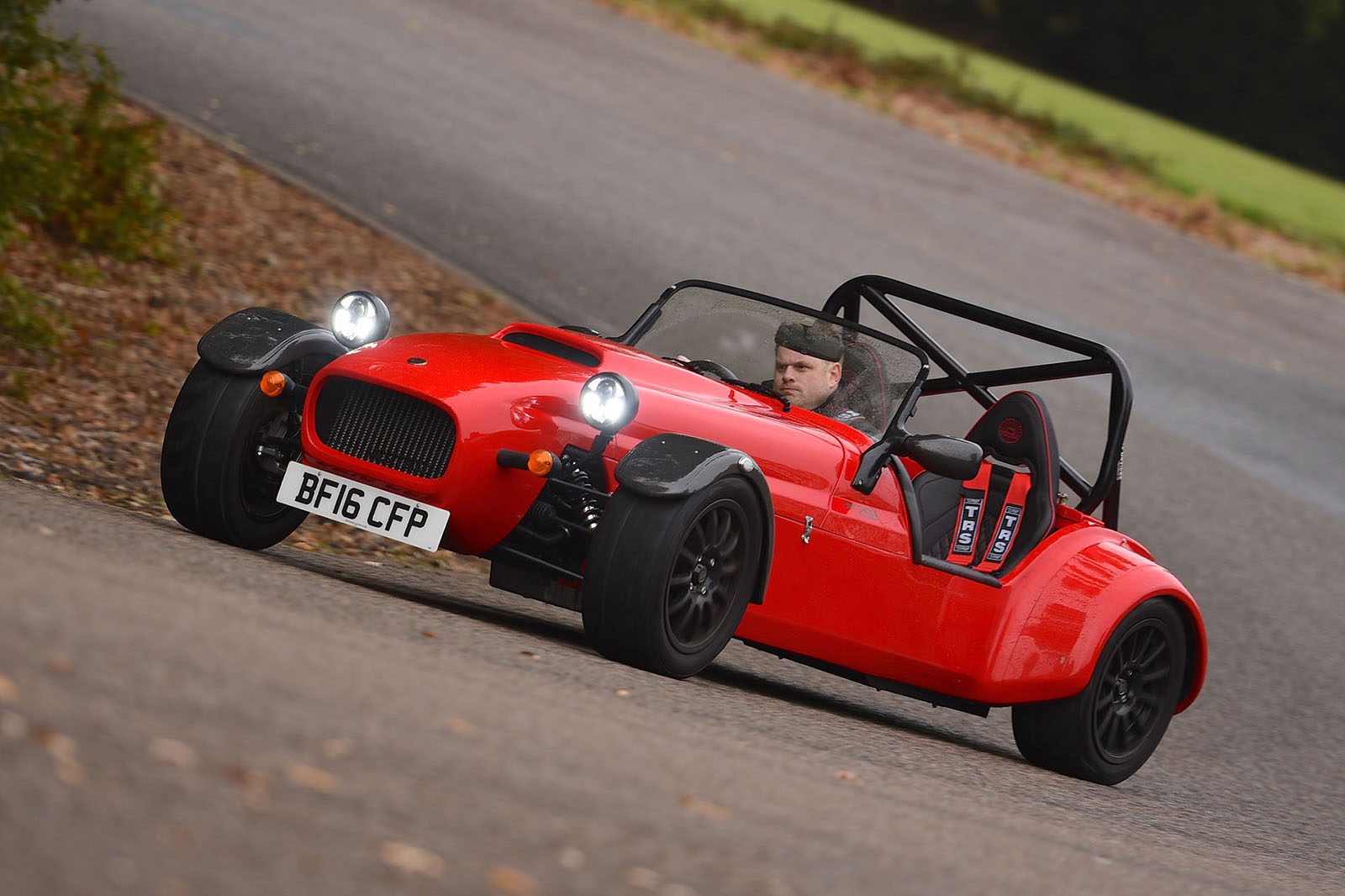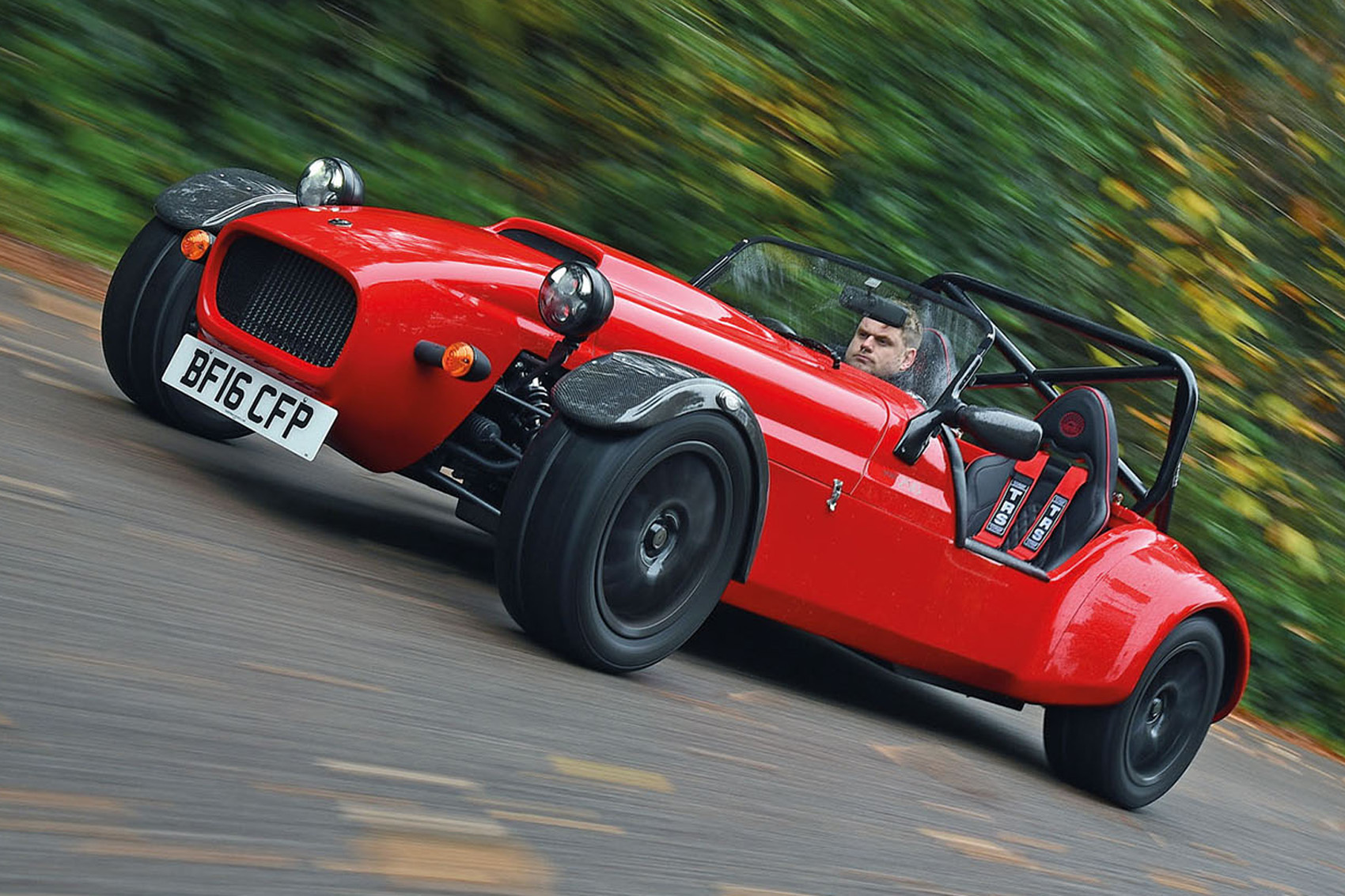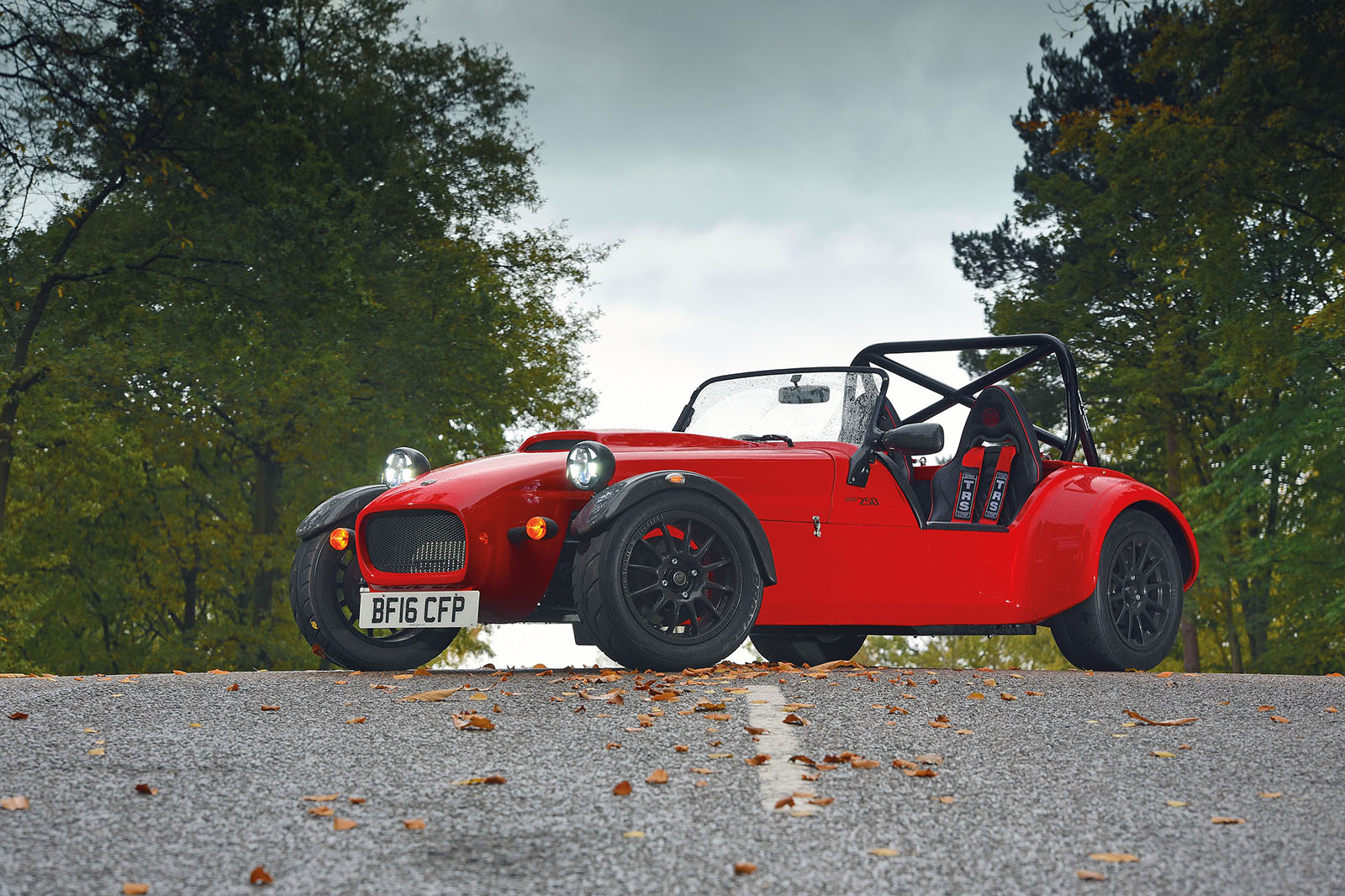Ask the management of most makers of niche, low-volume British sports cars whether they’d prefer jam today or jam tomorrow and most will snap your hand off for the latter.
This is an attritional trade in which even getting established with a credible, well-engineered, well-priced product can be hard enough.
Just ask the former owners of Zenos. For those who do surmount that initial challenge, nurturing a sustainable business capable of enduring the years is absolutely key – and that’s just what the maker of this road test subject has done.
The Sport 250 is the latest offering from the Black Country’s best-known purveyor of kit cars – Westfield Sportscars.
Westfield has been quietly supplying a few hundred complete kits of parts a year to do-it-yourself car enthusiasts since 1982, having survived a legal run-in with main rival Caterham in the late 1980s and provided for the continued existence of its Lotus Seven replica with an out-of-court settlement.
Westfield now makes plenty of fully assembled turn-key cars, too, and has sprung to notoriety several times over the past couple of decades with cars such as the V8-engined SEight, the track-intended XTR2 and the all-electric iRacer.
In 2006, the company’s ownership changed hands, and it led the cottage industry in 2009 by becoming the first company of its kind with European Small Series Production Status.



